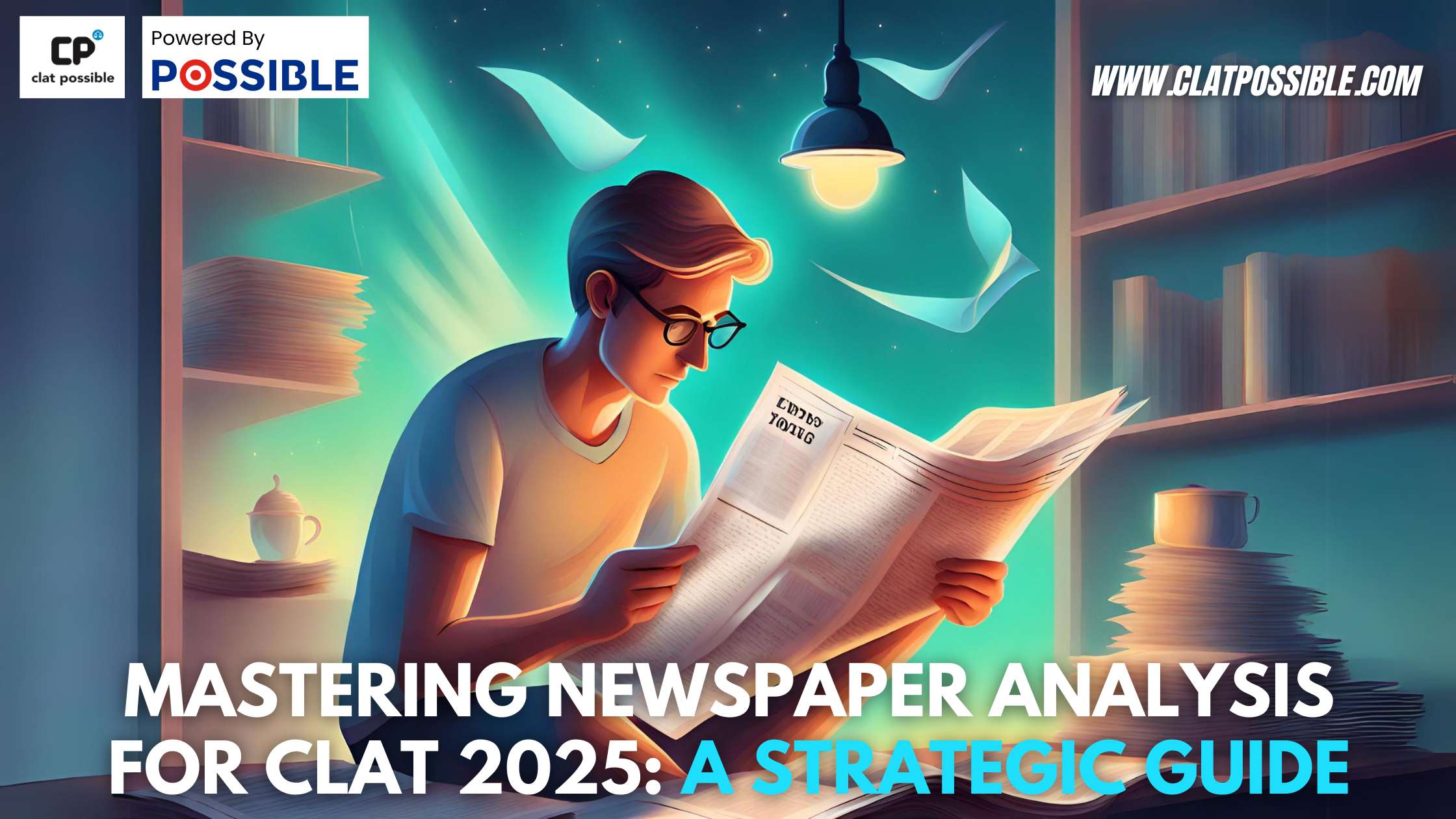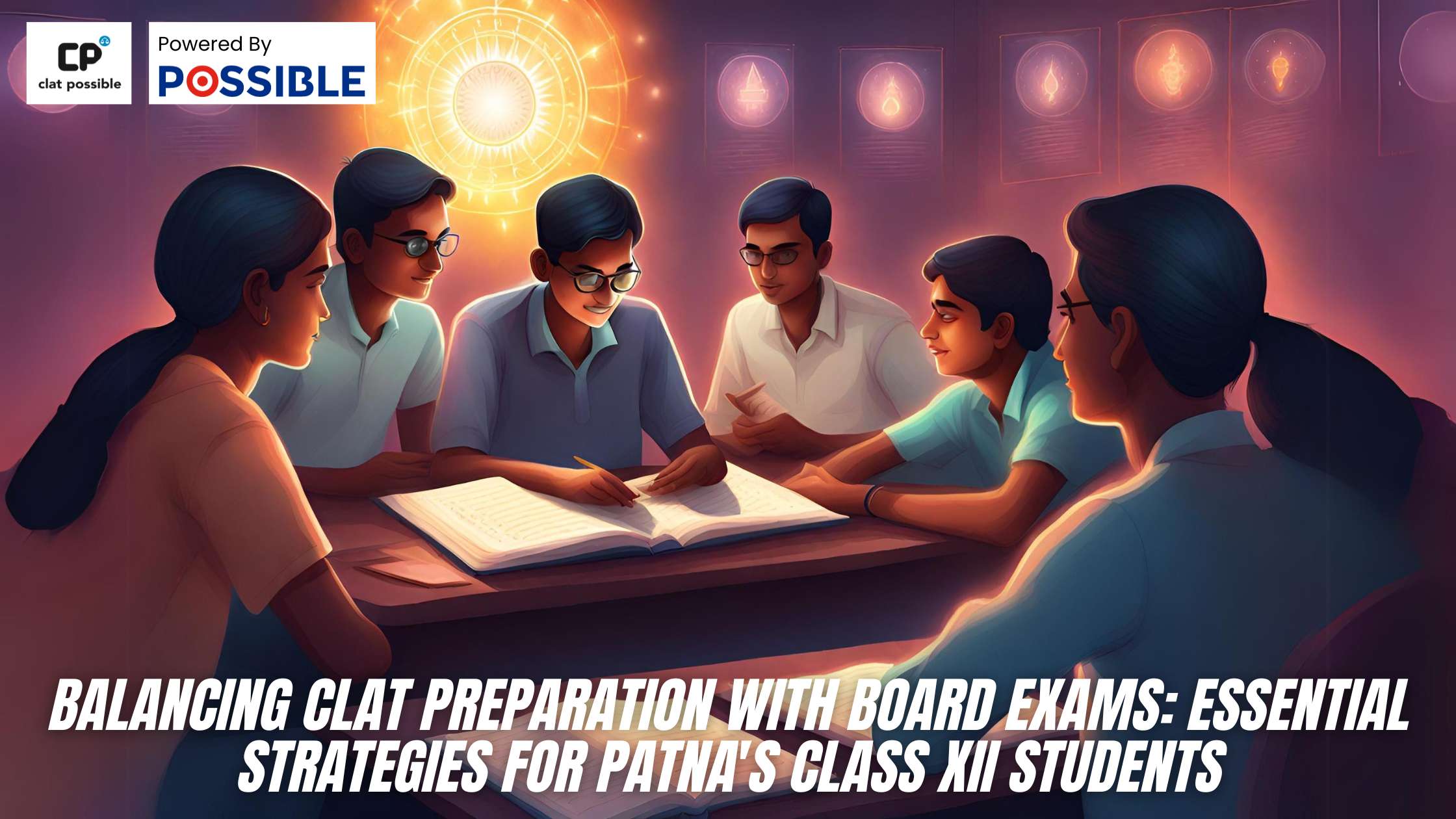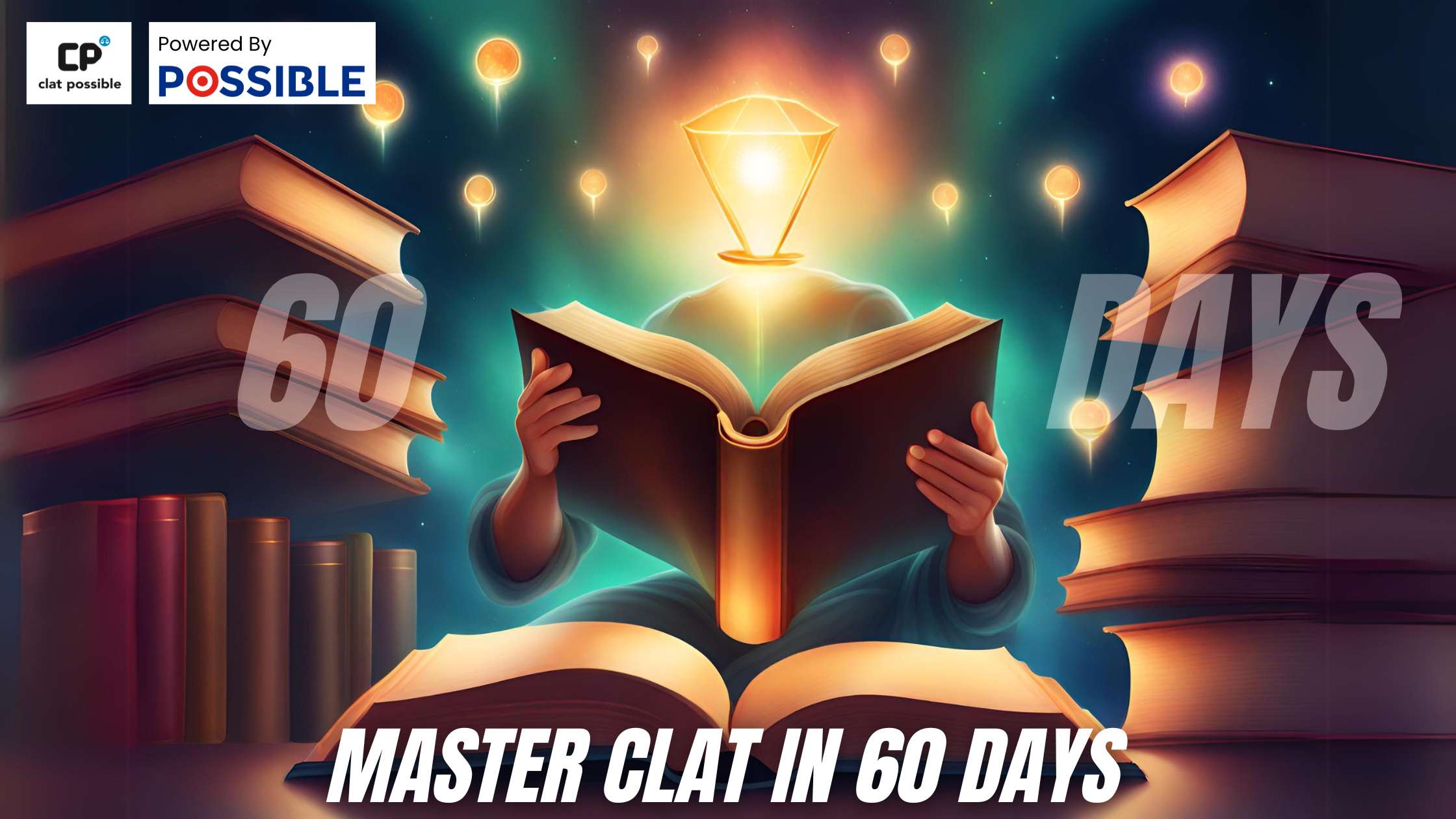
Introduction
Preparing for the CLAT (Common Law Admission Test) is a journey filled with learning and memorization. One of the critical challenges CLAT aspirants face is remembering important dates and days, which are crucial for the legal aptitude and general knowledge sections of the exam. In this blog, we will explore innovative and effective techniques to enhance your memory, ensuring that these significant dates and events are not just memorized but ingrained in your mind for the long term.
Mnemonic Techniques
Mnemonic techniques are powerful tools in the arsenal of any student preparing for the CLAT exam. These techniques transform complex information into easy-to-remember formats, facilitating quick recall during high-pressure exam scenarios. Here are some effective mnemonic strategies tailored for CLAT aspirants:
Acronyms and Acrostics: Create short, memorable phrases using the first letter of each word in a list you need to remember. For example, to memorize the chronological order of historical events, the first letter of each event can form a word or a coherent sentence.
Visual Mnemonics: Associate information with vivid, unusual images. This could involve linking dates with distinctive visual symbols or story-like sequences. For instance, imagine a specific historical event as a dramatic scene in a play, with vivid characters and settings.
Rhyme Mnemonics: Turn information into a catchy rhyme. Since our brains are wired to remember music and rhythm better than plain text, this can be particularly effective for remembering lengthy lists or sequences.
Implementing these mnemonic devices into your study routine can transform your preparation for the CLAT exam, making the memorization of dates not just more effective but also more enjoyable.
Rhyming and Musical Memory Aids
Rhyming and musical memory aids are not just creative and fun, but they’re also highly effective for memorizing important information for exams like the CLAT. These techniques leverage the natural human propensity for rhythm and melody, making it easier to recall complex information. Here’s how you can use them:
Creating Rhymes: Develop simple rhymes for remembering specific facts. For instance, to remember a particular legal case or a historical date, you can create a rhyme that links the name of the case or event with its outcome or significance.
Setting Information to Music: Put the information you need to remember to the tune of a familiar song. This could be as simple as modifying the lyrics of a well-known nursery rhyme or a popular song to include the dates, events, or legal principles you need to memorize.
Musical Mnemonics: Compose or use existing songs that have rhythms or beats that help embed the information in your memory. This method is particularly useful for auditory learners who find it easier to remember what they hear in a musical format.
By integrating these rhyming and musical techniques into your study sessions, you can enhance your ability to memorize and recall crucial information for the CLAT exam, making your study sessions both productive and enjoyable.
Visual Memory Strategies
Visual memory strategies harness the power of imagery and spatial relationships to improve memory retention, particularly beneficial for students who are visual learners. Here’s how CLAT aspirants can use these strategies to their advantage:
Mind Maps and Diagrams: Create mind maps or diagrams to visually organize information. This could involve drawing a timeline of historical events or charting out legal principles and their applications. The visual layout helps in creating a mental picture of the information, making it easier to recall.
Symbolic Representation: Use symbols or icons to represent key dates, events, or concepts. For example, you might use a gavel to symbolize a landmark legal judgment or a specific color to represent different eras or sections of law.
The Use of Color: Employ different colors to categorize and memorize information. Color coding your notes can help in quickly associating certain colors with specific topics or themes, aiding in faster recall.
Flashcards with Visual Cues: Create flashcards that include not just text but also relevant images or visual cues. These could be pictures, graphs, or any visual that triggers the memory of the concept or date you need to remember.
Incorporating these visual memory strategies into your CLAT exam preparation can make the process of memorizing dates and important details more efficient and effective.
Practical Application and Experience
Incorporating practical application and experience into your CLAT exam preparation can significantly enhance your ability to remember important dates and events. This method involves engaging with the material in a more hands-on, experiential way. Here’s how you can apply this approach:
Simulations and Role-Playing: Engage in simulations or role-playing exercises that involve key historical events or legal scenarios. This could include mock trials or debates that focus on important cases or laws. By actively participating in these simulations, you create a memorable experience around the information.
Field Trips and Visits: If possible, visit historical sites, courts, or museums. Seeing and experiencing the places where historical events or legal cases unfolded can create a lasting impression, making it easier to recall the details associated with them.
Interactive Learning Sessions: Participate in interactive learning sessions or group studies where you can discuss and debate various topics. These discussions can help solidify your understanding and memory of the dates and events.
Creating Practical Scenarios: Create scenarios or stories around the dates or events you need to remember. For example, imagining how a particular legal decision impacted society can help in retaining the details of the case.
By blending these practical experiences with traditional studying methods, you can enhance your memory retention and make your CLAT exam preparation more engaging and effective.
Clustering and The Method of Loci
Clustering and the Method of Loci are powerful techniques that can help CLAT aspirants efficiently memorize important dates and details for their exams. These strategies utilize the brain’s ability to associate information with locations or grouped concepts.
Clustering Information: This involves grouping related information together. For instance, you can cluster together dates related to a particular historical period or legal developments in a specific area of law. Clustering helps in creating connections between related pieces of information, making them easier to remember as a whole.
The Method of Loci (Memory Palace Technique): This ancient technique involves associating the information you need to remember with specific locations in a familiar place, like your home or school. You visualize yourself walking through this space, placing pieces of information at different locations. For example, you could associate key dates in Indian legal history with different rooms in your house. When you need to recall the information, you mentally walk through this ‘memory palace’, retrieving the information from each location.
These techniques not only aid in memorizing large amounts of information but also in recalling them in a structured manner, which can be particularly useful in the CLAT exam where both breadth and depth of knowledge are tested.
Effective Retrieval Practice
Effective retrieval practice is a crucial technique for CLAT aspirants to consolidate their memory of important dates and details. This approach involves actively recalling information, which strengthens memory and enhances long-term retention. Here’s how to implement effective retrieval practice in your CLAT preparation:
Regular Self-Testing: Instead of just re-reading notes, test yourself regularly on the information. Use flashcards, practice tests, or oral quizzes to assess your recall. This process helps in identifying areas that need more focus and reinforces what you already know.
Spacing Out Practice Sessions: Don’t cram all your retrieval practice into one session. Spread it out over time. This technique, known as spaced repetition, involves revisiting information at increasing intervals, which is proven to enhance long-term memory retention.
Mixing Different Topics: While practicing retrieval, mix up different topics and subjects. This varied practice helps in building a more robust understanding and ability to recall information under different contexts, closely mimicking the diverse nature of the CLAT exam.
Application of Knowledge: Go beyond just recalling facts; apply this knowledge to solve problems or write essays. For example, use the dates and events you’ve memorized to answer questions or write brief essays, simulating exam conditions.
By incorporating these retrieval practice strategies into your study routine, you can significantly improve your ability to remember and recall the vast amount of information required for the CLAT exam, leading to a more confident and prepared state on the exam day.
Conclusion
As we’ve explored, mastering the art of memory is a critical component of CLAT exam preparation. By employing techniques like mnemonics, rhyming and musical aids, visual strategies, practical applications, clustering, the Method of Loci, and effective retrieval practice, aspirants can significantly enhance their ability to remember important dates and details.
Remember, the key to success in the CLAT exam is not just hard work but smart work. Integrating these memory techniques into your study routine will not only make your preparation more effective but also more enjoyable. Each method offers a unique way to engage with the material, ensuring that your preparation is well-rounded and thorough.
As you continue on your journey to conquer the CLAT exam, consider incorporating these strategies into your study plan. And for more resources, guidance, and support in your CLAT exam preparation, don’t hesitate to explore further with CLAT Possible. Our expert guidance and comprehensive resources are designed to help you achieve your best.
We wish you the best in your preparations and look forward to seeing you succeed in your CLAT exam!
For more informative blogs on CLAT Prep, Click Here!!










